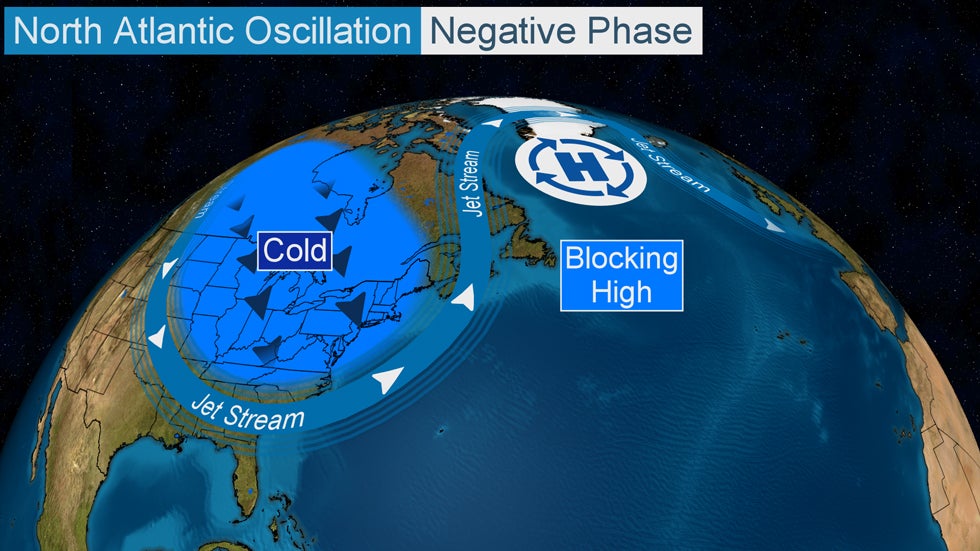Published: October 29, 2022
November's temperatures are expected to be warmer than average for much of the United States, especially early in the month, allowing those not yet ready for winter to enjoy some late fall warmth.
Most areas east of the Rockies are forecast to skew warmer than usual during the month, according to an updated outlook from The Weather Company, an IBM Business, and Atmospheric G2.
The Plains, as well as the Missouri, Mississippi and lower Ohio valleys, are most likely to experience a warm month.
That doesn't mean there won't be chilling cold fronts at times, but the month as a whole is expected to skew much milder than a typical November.
(MORE: 10-Day Forecast Temperature Maps)

On the other end of the spectrum, most areas west of the Rockies are expected to lean at least a bit cooler in November. This is most likely in parts of the Pacific Northwest, particularly Washington state.
One big driver of this outlook is a sharp plunge of the jet stream that will carve into the West in the first week of the month.
This will send temperatures soaring across the Plains, Midwest, South and East in what will feel like a bout of "second summer," while much of the West will be relatively cool by November standards.
But late November is more of a question mark.
Some computer models are forecasting blocking high pressure to develop near Greenland later in the month, a setup meteorologists refer to as the negative phase of North Atlantic Oscillation (NAO) or a "Greenland block."
If that happens, there's an increased risk of more persistent cold air plunging into the eastern and central U.S. later in the month.

This potential Greenland blocking may also hold an intriguing piece to the rest of winter's forecast.
According to Todd Crawford, director of meteorology at Atmospheric G2, if a sharp NAO signal (negative or positive) shows up in late November, that same signal may persist through the core winter months of December through February.
So if this Greenland blocking is strong later in the month, that could portend a winter with more Greenland blocking and, thus, a colder risk in the East through February.
(MORE: Latest Winter Outlook)
The Weather Company’s primary journalistic mission is to report on breaking weather news, the environment and the importance of science to our lives. This story does not necessarily represent the position of our parent company, IBM.
The Weather Company’s primary journalistic mission is to report on breaking weather news, the environment and the importance of science to our lives. This story does not necessarily represent the position of our parent company, IBM.

No comments:
Post a Comment